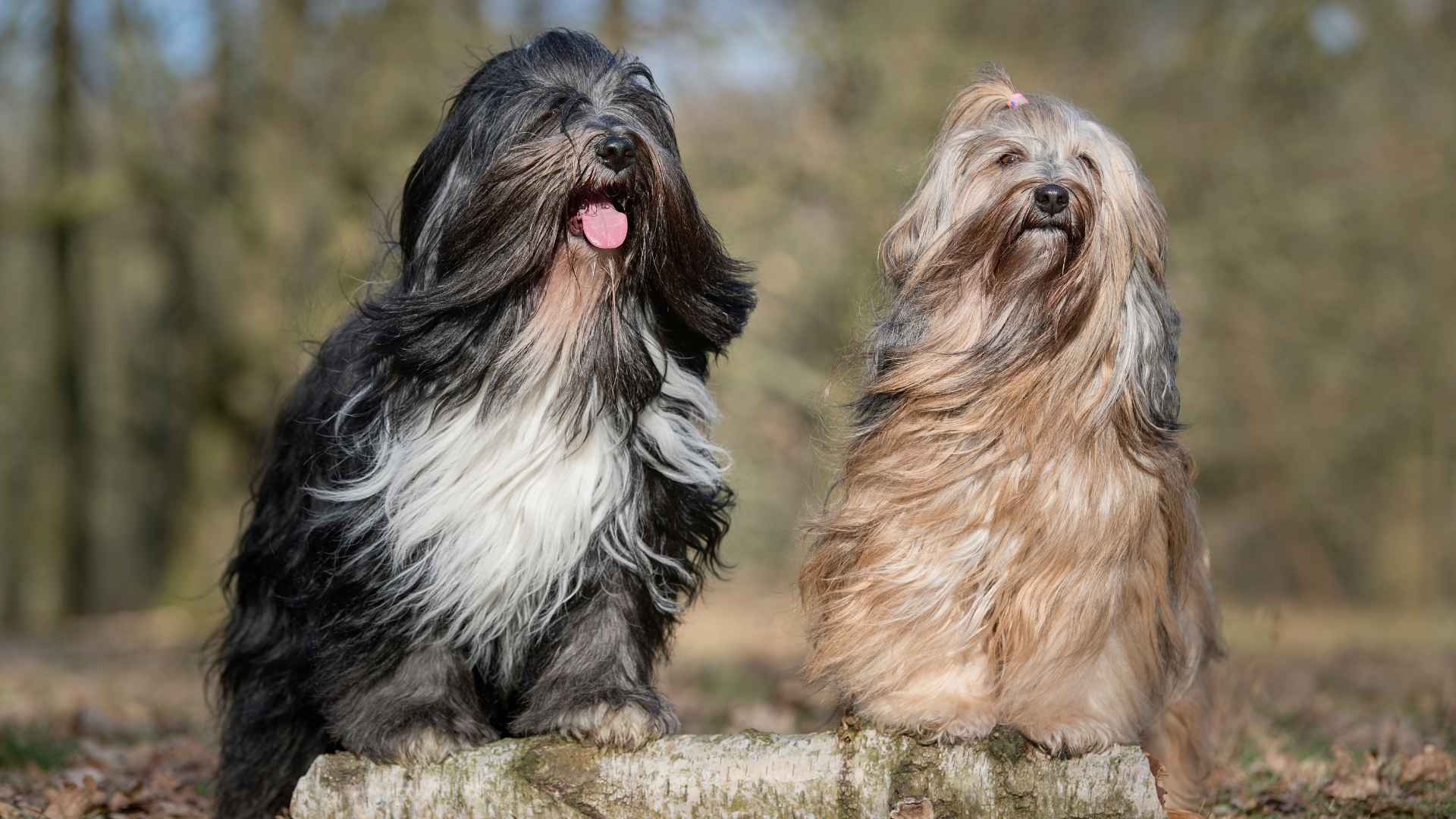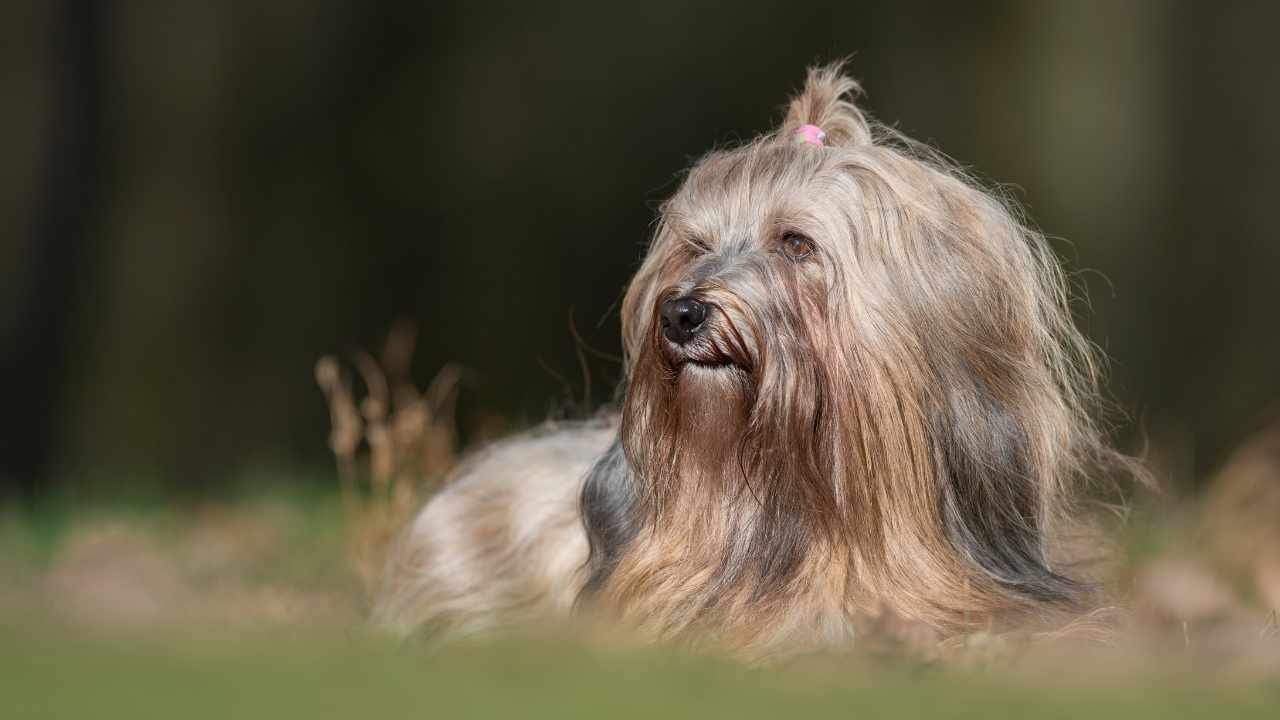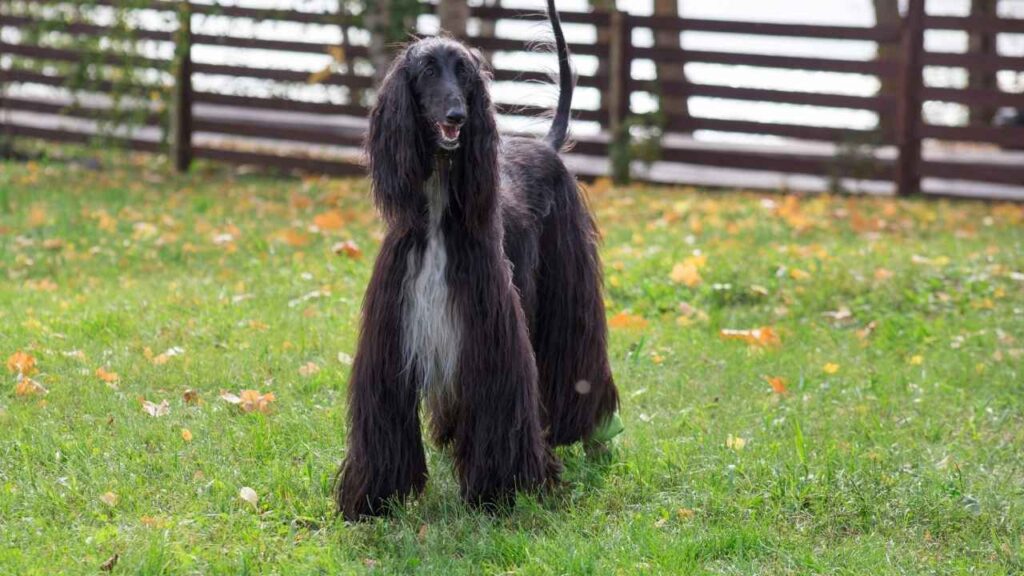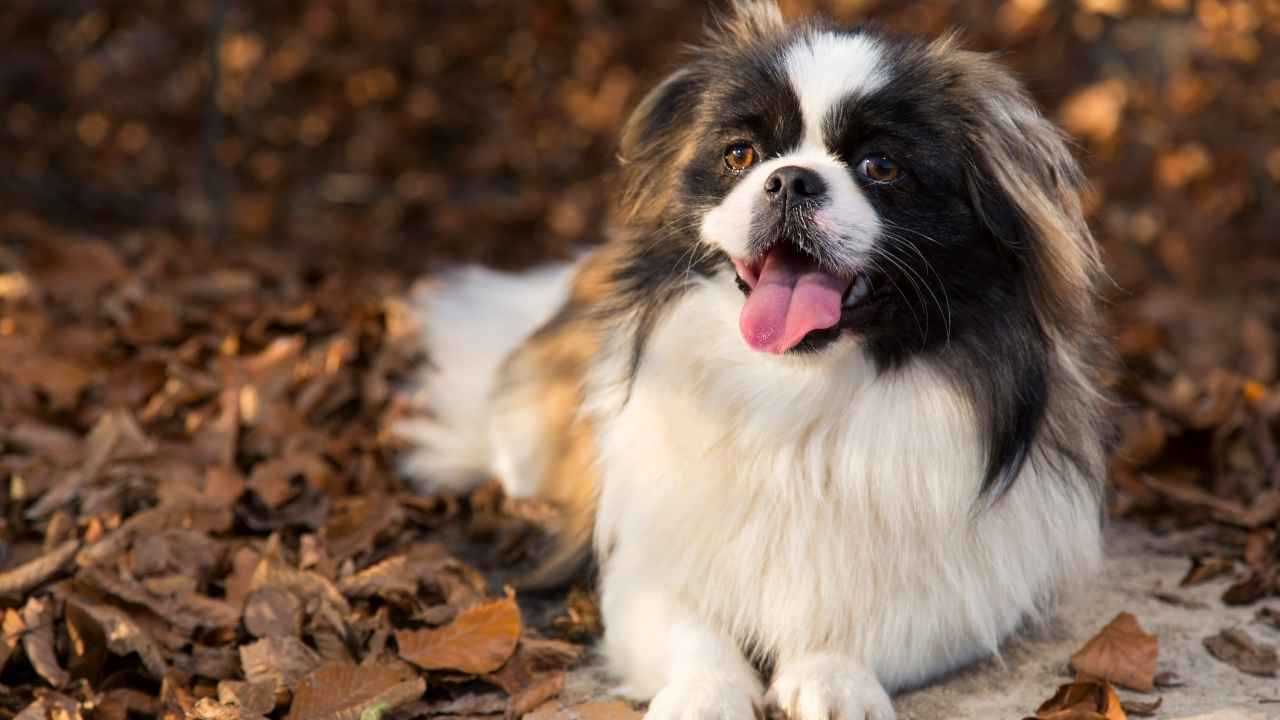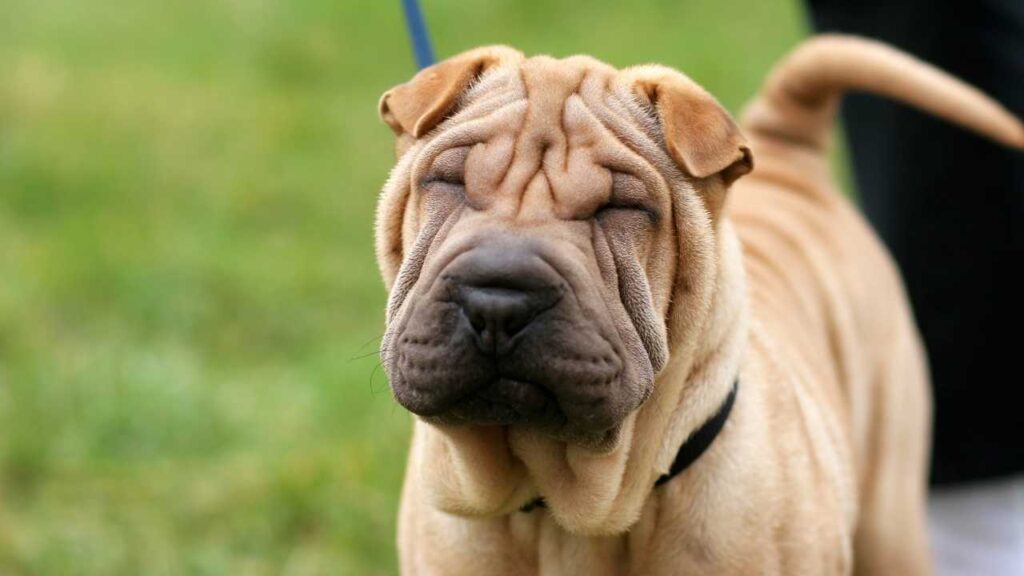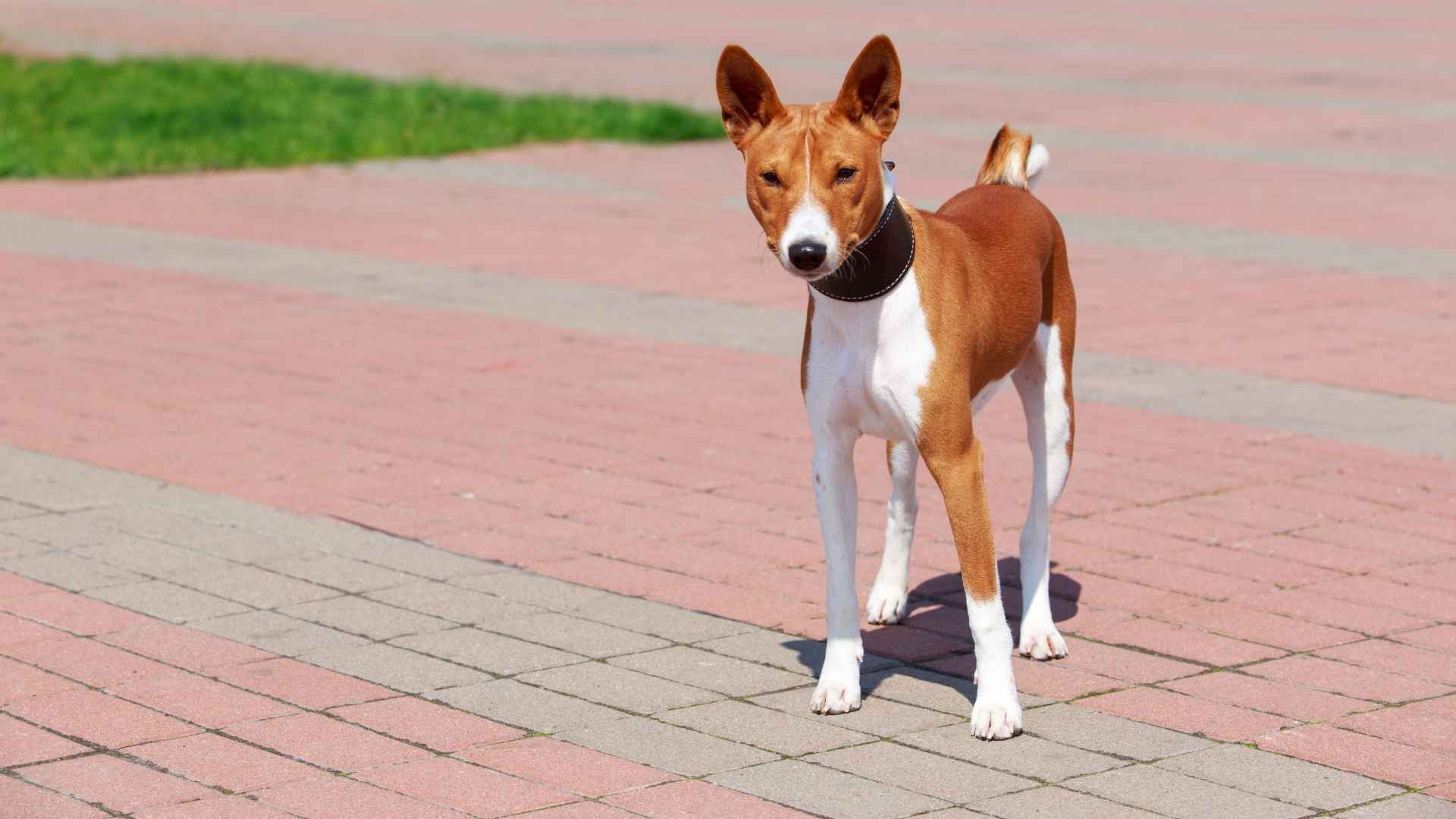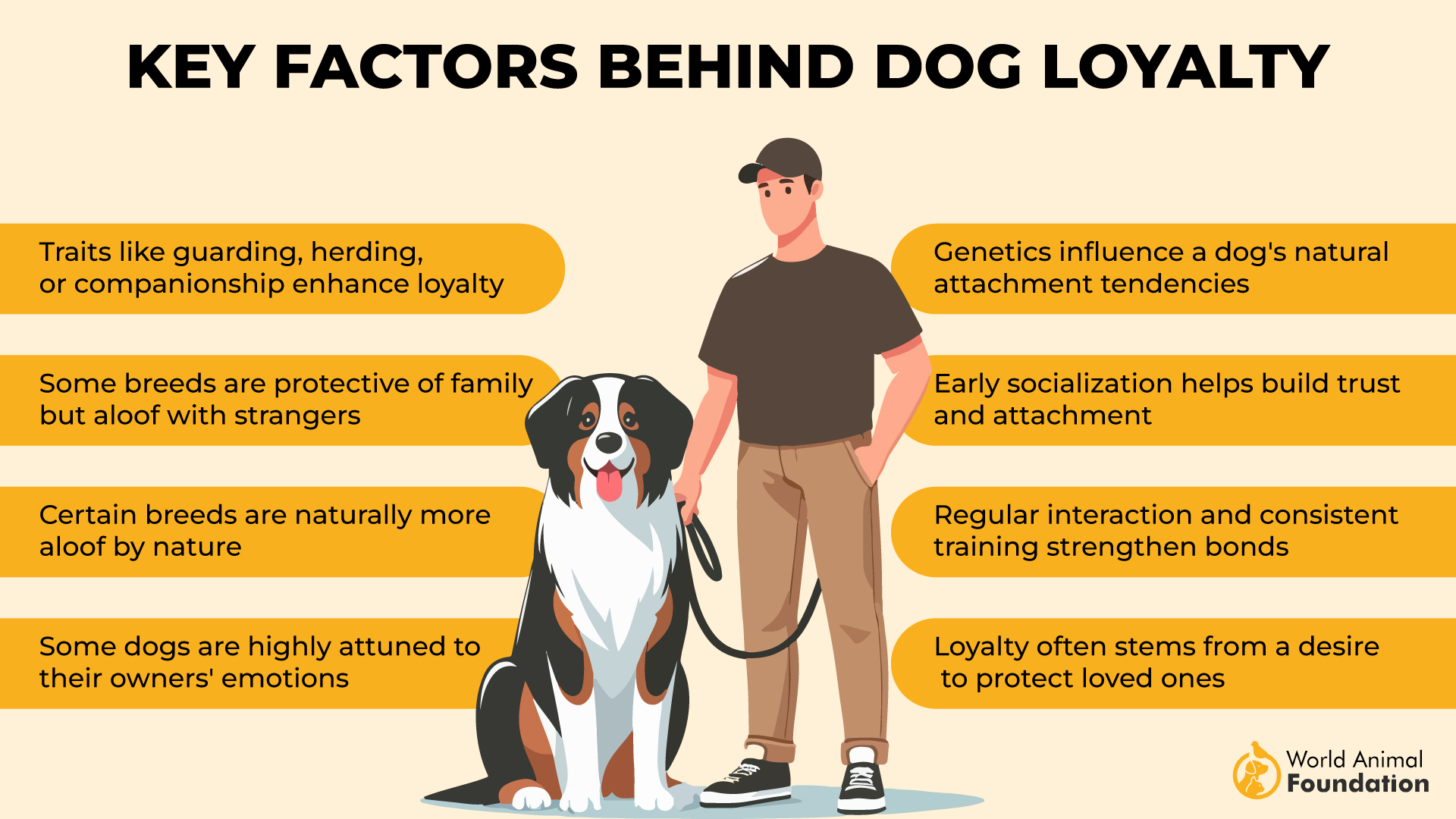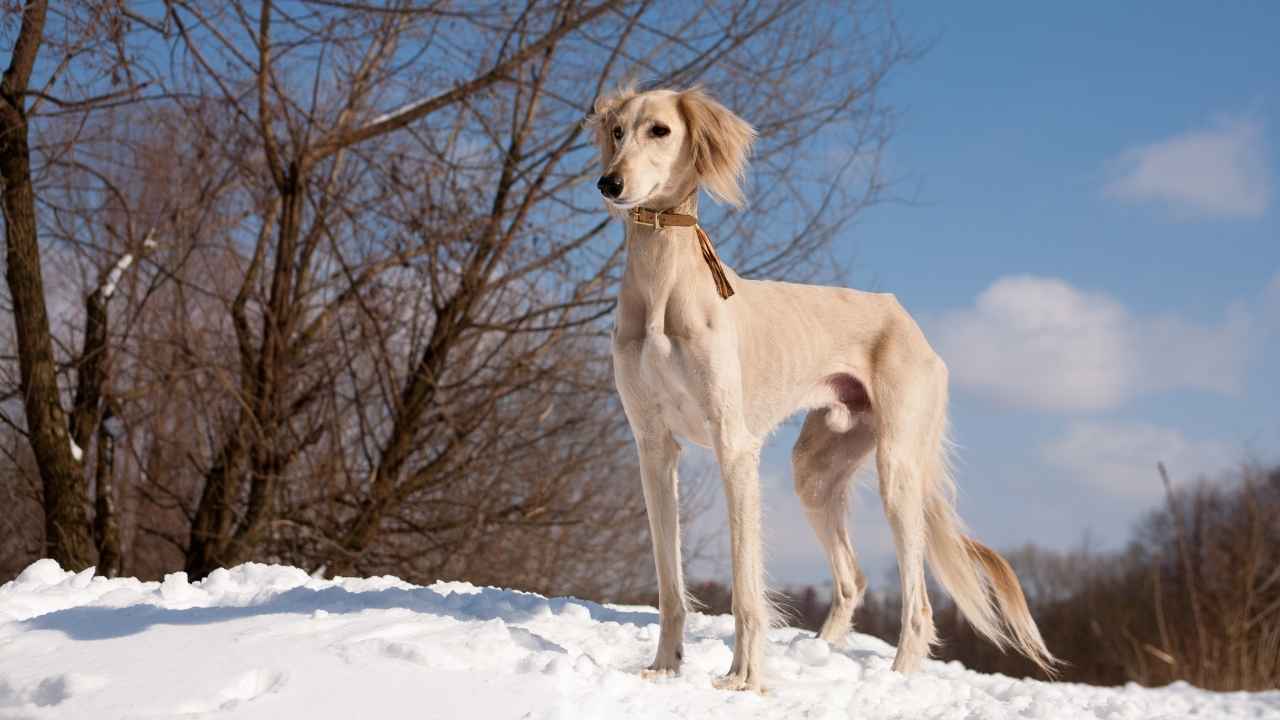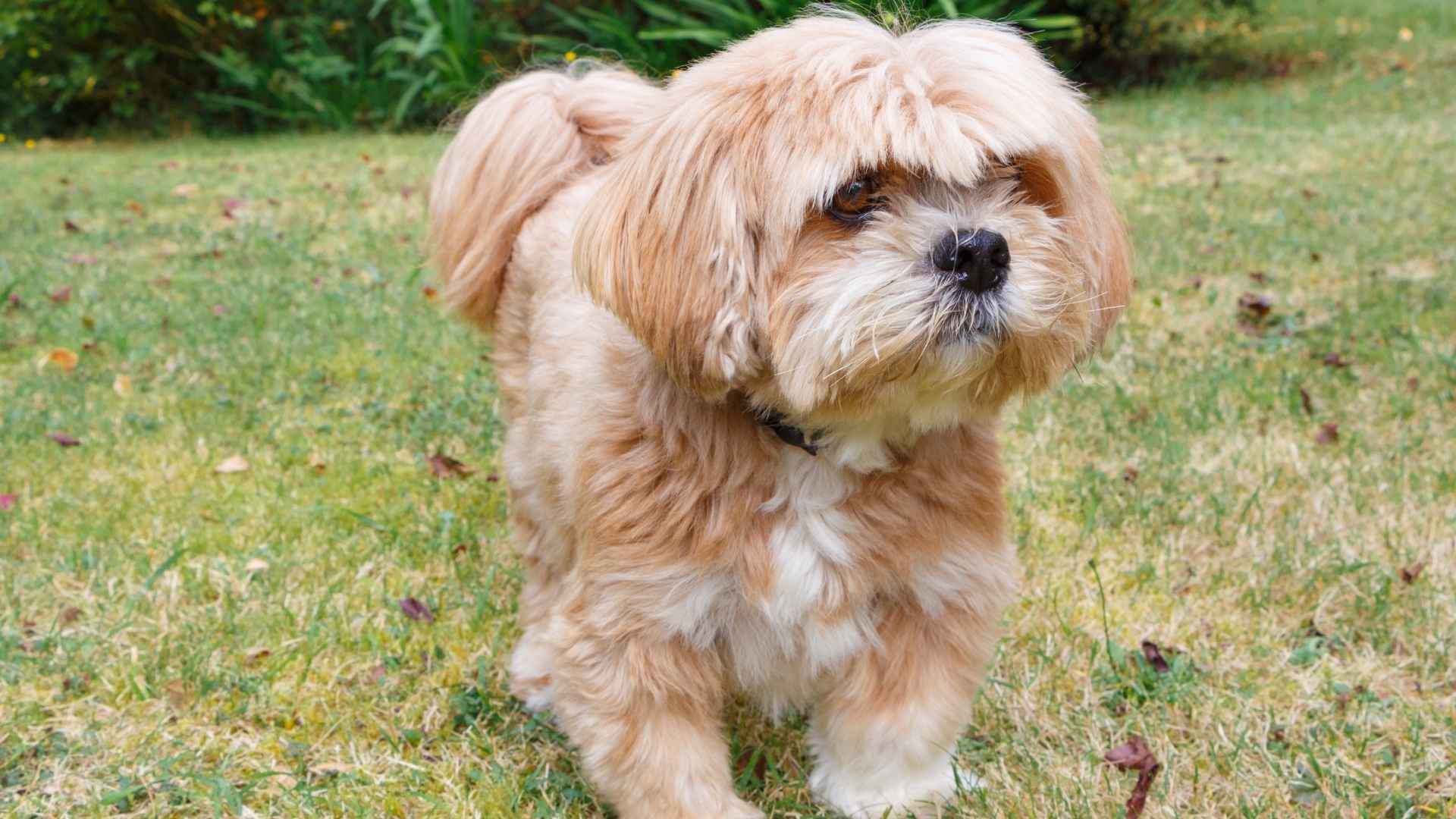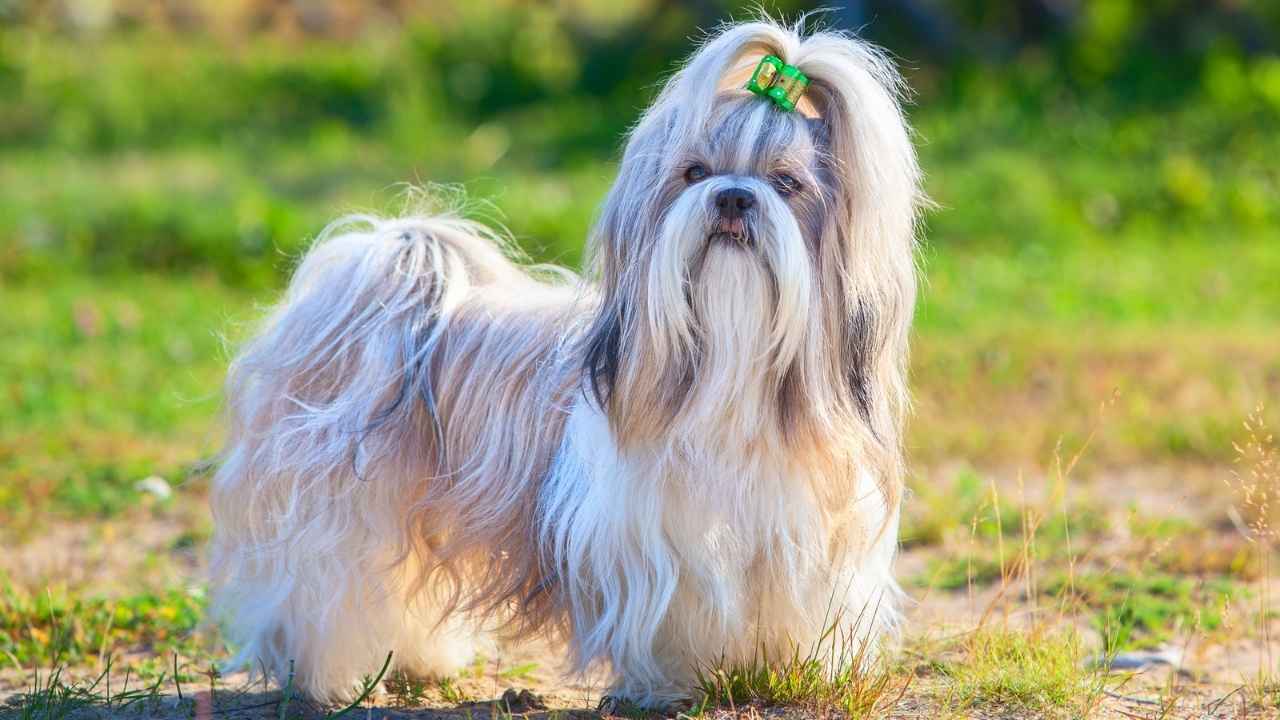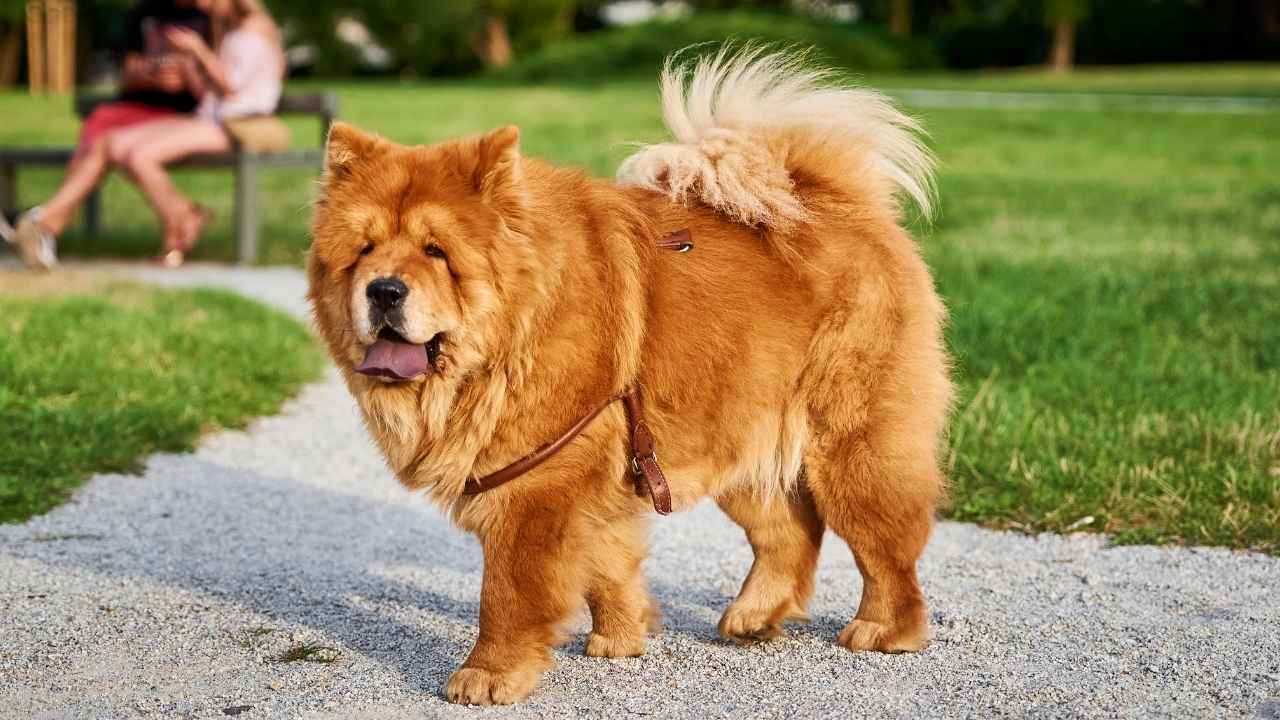Throughout centuries, dogs have been humanity’s loyal companions, each breed possessing unique qualities and stories woven into the fabric of our shared history. Among the myriad canine varieties, nine ancient breeds stand out, having profoundly influenced the development of modern dogs. These venerable breeds offer a window into the primitive world, embodying traits that have been cherished by different cultures for millennia. From the majestic Afghan Hound to the resilient Siberian Husky, these ancient dogs not only showcase diverse beauty and adaptability but also tell tales of survival, partnership, and evolution that have helped shape our understanding of all canine companions today.
Dogs have been by our side by thousand years ago, but some breeds have walked with us even longer, carrying ancient histories that date back to times we can only imagine. These ancient dog breeds have been revered by royalty, traveled with explorers, and worked alongside early humans in ways that helped shape the world we live in today.
What makes them so special? It’s not just their unique looks or loyal nature—it’s the rich legacy they carry.
In this article, we’ll introduce you to nine of the most ancient dog breeds, each with their own fascinating story and qualities that have stood the test of time. These breeds not only bring a sense of history to your home but also offer companionship, intelligence, and loyalty that have made them cherished for centuries.
Most Ancient Dog Breeds
The ancient breeds not only have a rich history, but they also carry cultural significance that has shaped the way we view dogs today. From the royal families of the Middle East to the hardworking sled dogs of the Arctic, each breed has a story to tell.
We’ll look at where these dogs originally came from, how they’ve been valued companions for centuries, and why they continue to capture the hearts of pet parents around the world.
1. Tibetan Terrier
The Tibetan Terrier is not only one of the oldest dog breeds but also a symbol of the serene highlands of ancient Tibet. Revered for centuries as sacred companions, these dogs were known to accompany Buddhist monks and were believed to bring good fortune.
As per the American Kennel Club, this ancient breed, often referred to as the “Holy Dog of Tibet,” is celebrated for its adaptability and its thick double coat, which allowed it to thrive in the harsh Himalayan climate years ago. Unlike typical working dogs, Tibetan Terriers were never used as guard dogs or hunters.
Instead, they excelled as loyal companions and versatile herders. Their history is intertwined with Tibetan culture, where they were cherished by families as beloved family members. Their intelligence and affectionate nature make them a favorite among modern dog breed enthusiasts.
2. Afghan Hound
The Afghan Hound stands out among the oldest dog breeds, embodying elegance and an air of mystery. This ancient breed traces its lineage back thousands of years ago to the rugged terrains of Central Asia, where it was originally bred by Arab tribesmen for hunting.
Known for their flowing coats and regal stances, these dogs were valued for their ability to traverse long distances across tall grasses and rocky landscapes. Despite their beauty, Afghan Hounds can be difficult to train, requiring consistent mental stimulation to keep them engaged.
Their independent nature often makes them less eager to please compared to other dogs. Closely related to the Saluki, the Afghan Hound shares many traits with other breeds, including a deep hunting instinct and remarkable speed.
Today, their striking appearance and rich heritage have made them one of the most popular dog breeds recognized by the American Kennel Club.
3. Pekingese
The Pekingese, one of the most unique breeds in the world, holds a special place among many ancient breeds. According to Britannica, originating in ancient China, this small but fearless breed was revered as a companion to royalty, particularly during the Han Dynasty.
Unlike working dogs or breeds bred for hunting, the Pekingese was cherished solely as a loyal companion. Their independent nature makes them one of the most independent dogs, requiring patience from owners. Their regal demeanor often reflects their historical connection to ancient Chinese emperors.
Despite their size, they are highly protective of their humans and adapt well as family pets. Their calm temperament and unique heritage continue to make them stand out across the world.
4. Shar-Pei
The Shar-Pei stands out as one of the most recognizable and fascinating breeds. Known for its loose skin and distinctive wrinkles, this breed’s history traces back thousands of years ago in China.
Initially domesticated as a good family dog and a protector, the Chinese Shar-Pei was also utilized for hunting small game. While their origin story intertwines with several other breeds, the Shar-Pei has unique traits, including its blue-black tongue, a feature shared with a few breeds like the Chow Chow.
Historically, they were highly valued for their adaptability and loyalty. Unlike sled dogs, such as the Alaskan Malamute, the Shar-Pei was never associated with pulling heavy sleds, making its role distinctly different.
5. Basenji
The Basenji, often referred to as the “barkless dog,” is an ancient breed from Central Africa, with roots that connect to the earliest domesticated dogs. Depictions resembling the Basenji have been observed in carvings found in Egyptian tombs, signifying its long-standing bond with humans.
Known for its erect ears and long legs, the Basenji possesses remarkable agility and is highly valued by breeders. Unlike sled dogs such as the Alaskan Malamute, the Basenji was primarily used for hunting, including small game and even attempts to hunt gazelles in tall grasslands.
Its temperament is highly independent, often compared to breeds like the Saluki and Lhasa Apso. While not considered highly trainable, the breed’s highly intelligent nature and loyalty make it a beloved breed among strangers and other most popular breeds alike.
6. Saluki
The Saluki is one of the world’s most ancient breeds, with ties to early dogs that hunted alongside humans. Originating in the Middle East, this elegant breed has been immortalized in cave paintings and carvings dating back thousands of years, showcasing its historical importance.
Unlike Greenland sled dogs or the Siberian Husky, the Saluki was not built for cold climates but thrived as a desert companion. Known for its slender frame and grace, the Saluki resembles a mix of wolfish endurance, perhaps reminiscent of ancient wolves, and the aristocratic stature of modern breeds like the Great Dane.
Despite their beauty, they are not considered high maintenance, though their independent nature demands understanding from owners. The Saluki remains a symbol of nobility and is cherished as a cultural icon, retaining its connection to an ancient world.
7. Lhasa Apso
The Lhasa Apso originates from Tibet, where it was highly regarded as a guardian of Buddhist monasteries. Its name reflects its roots, referencing the city of Lhasa. Known for its long, flowing coat, this breed embodies elegance while retaining its alert and protective nature.
Unlike larger breeds such as the American Akita, the Lhasa Apso thrives in smaller spaces, making it ideal for families seeking compact companions. This breed is highly intelligent and exhibits independence, much like the Japanese Akita, but with a friendlier demeanor toward other pets.
With its strong connection to Tibetan culture, this dog continues to be cherished for its loyalty, adaptability, and history, symbolizing a blend of ancient traditions and modern companionship.
8. Shih Tzu
The Shih Tzu, often associated with royalty, has its origins in ancient China, where it was bred as a lap companion for emperors. Recognized by the American Kennel Club, this breed is cherished for its charming personality and luxurious, flowing coat.
Though affectionate and good with families, it can be difficult to train due to its independent streak, requiring consistent effort and mental stimulation. Unlike working breeds like the Siberian Husky or those from Northwestern Alaska, the Shih Tzu was never intended for strenuous tasks.
While naturally friendly, they may be wary of strangers. Despite its ancient ties, the Shih Tzu’s lineage has endured, symbolizing resilience while other breeds have gone extinct over time.
9. Chow Chow
The Chow Chow holds significant cultural relevance, tracing back to ancient China, where it served as a companion and guardian. Its appearance, resembling the gray wolf, highlights its link to early breeds. Known for its lion-like mane and dignified demeanor, this breed is independent yet fiercely loyal.
Unlike the Alaskan Malamute, a working dog used in icy terrains, the Chow Chow is more suited to companionship. While not as agile as some breeds that can leap vertically, it has a robust build and strong hunting instincts, historically used for pursuing wild boar.
Introduced to Great Britain during the 18th century, the Chow Chow’s uniqueness continues to captivate dog enthusiasts worldwide, including connections to breeds like the Akita Inu.
Conclusion
From the ancient lineage of the Basenji to the loyal Saluki and the distinctive appearance of the Chow Chow, these above-mentioned dogs showcase the diversity and cultural relevance of various breeds.
Whether it’s their roles in hunting, companionship, or their connection to human history, each breed brings something special. Understanding their background and characteristics helps us appreciate the deep bond humans share with dogs, reflecting their importance across different cultures and generations.
The exploration of the nine most ancient dog breeds that have shaped canine history reveals not only their enduring legacy but also their pivotal role in human civilization. These breeds, with their unique characteristics and resilience, have contributed to various cultures, serving as hunters, protectors, and companions. Their genetic traits have influenced modern breeds, ensuring their presence persists in today’s canine diversity. Understanding these ancient dogs enriches our appreciation of the profound bond shared between humans and canines, highlighting how these remarkable animals continue to influence our lives across generations.

